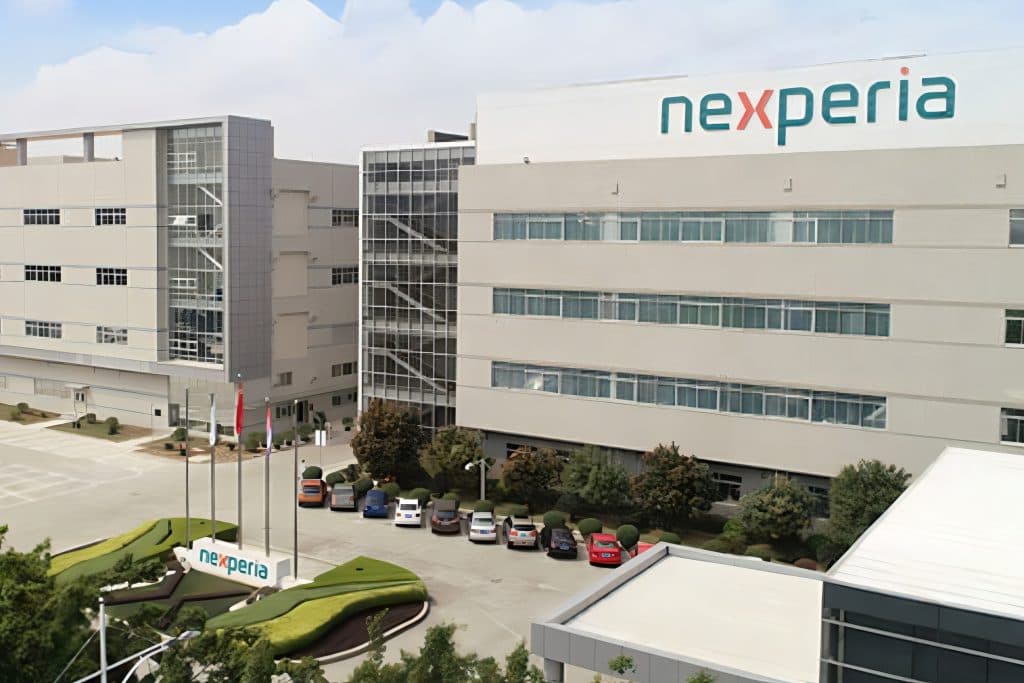Netherlands Returns Control of Chinese Chipmaker Nexperia, Eases Standoff
The Dutch government handed back control of Chinese owned chipmaker Nexperia on November 19, 2025, ending a tense regulatory confrontation that had unsettled European supply chains. The move reduces immediate disruption risks for automakers and highlights the challenge policymakers face balancing national security and industrial resilience.

Dutch authorities returned control of Nexperia to its Chinese owners on Wednesday, defusing a regulatory and diplomatic standoff that had drawn attention across Europe and the global semiconductor industry. The decision removes an acute source of uncertainty for companies that rely on Nexperia for discrete semiconductors used in automotive, industrial, and consumer electronics applications, while underscoring persistent tensions over foreign investment in strategic technology assets.
Nexperia, a significant maker of power transistors and diodes, had become a focal point because its products are embedded in modern vehicles and industrial systems. Any interruption at its European facilities raised concerns about production bottlenecks as automakers continue to absorb higher semiconductor content per vehicle amid the transition to electric and connected cars. The return of control was announced on November 19, 2025, and is likely to provide immediate operational relief to customers that had been weighing contingency plans.
The episode illustrates a broader policy dilemma for European governments. Since the pandemic and the subsequent global chip crunch, policymakers have tightened scrutiny of foreign acquisitions of firms tied to critical technologies. Brussels and member states have simultaneously launched industrial initiatives, including the EU Chips Act, to expand European manufacturing capacity and reduce strategic dependence on external suppliers. The EU’s stated ambition to increase its share of global chip production to roughly 20 percent by 2030 frames these choices, as does the roughly 600 billion dollar global semiconductor market that underpins modern industry.
For markets and companies, the practical benefit of restoring Nexperia’s control is straightforward. It lowers the probability of supply disruptions that can translate into interrupted car production lines and delayed deliveries. For policymakers, the outcome raises questions about the toolkit available to manage geopolitical risk without undermining investor confidence. The case will be watched as a test of whether governments can extract meaningful safeguards while allowing companies to operate under foreign ownership.
Longer term, the episode is likely to reinforce two trends. First, corporate buyers and suppliers will diversify procurement and accelerate efforts to build redundancy in critical components. Second, it will energize policy efforts to scale domestic semiconductor capacity, through targeted subsidies, factory incentives, and streamlined permitting, so that Europe is less exposed to unilateral shocks. Both responses carry cost, and both will be measured against the reality that semiconductor production remains concentrated in Asia and the United States.
The Nexperia resolution also has diplomatic resonance. It calibrates relations with China over economic ties that are simultaneously deep and politically sensitive. As governments balance growth, security, and industrial policy, the Nexperia case will serve as a practical example of the trade offs and choices that lie ahead for Europe’s technology and manufacturing strategy.

